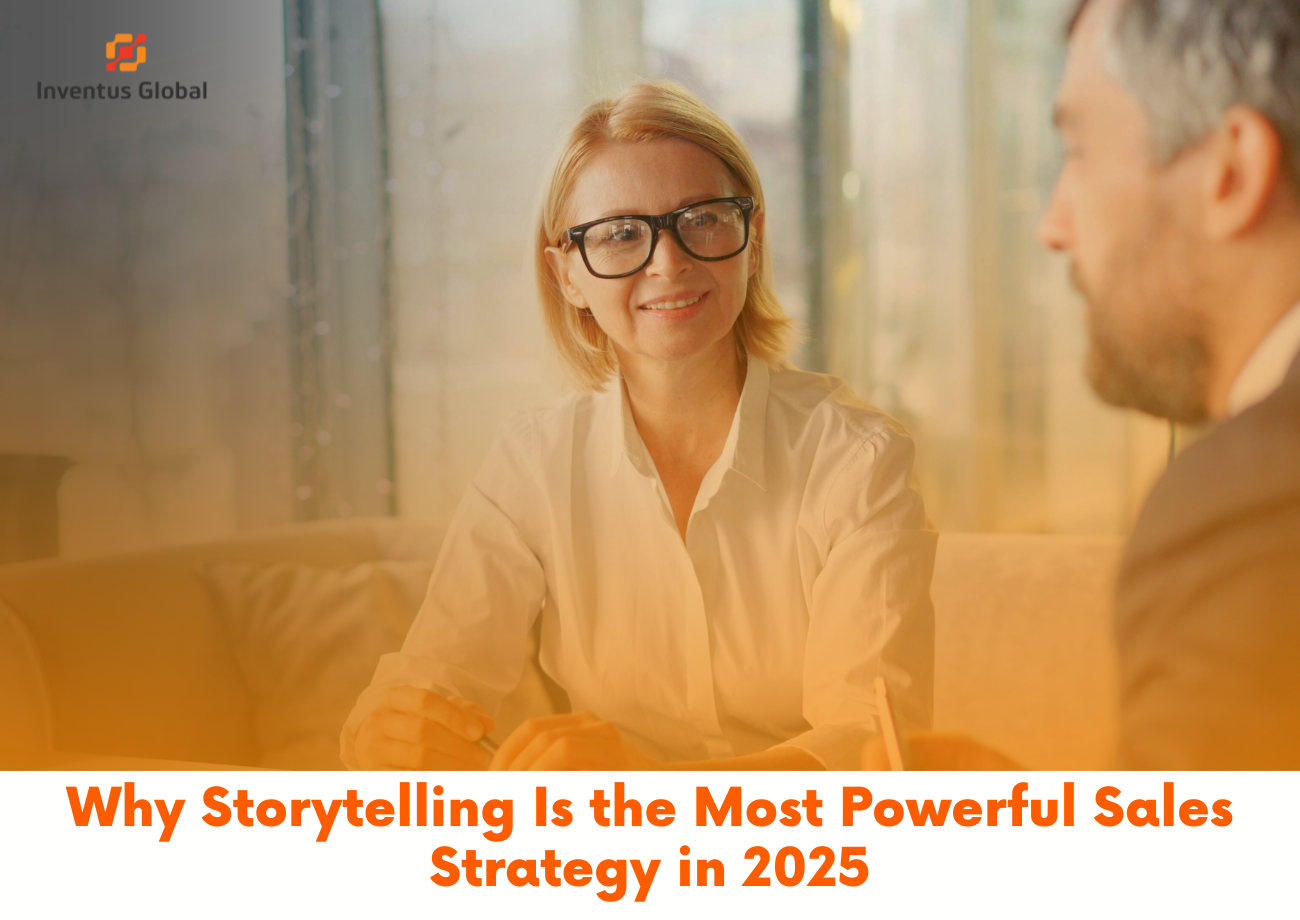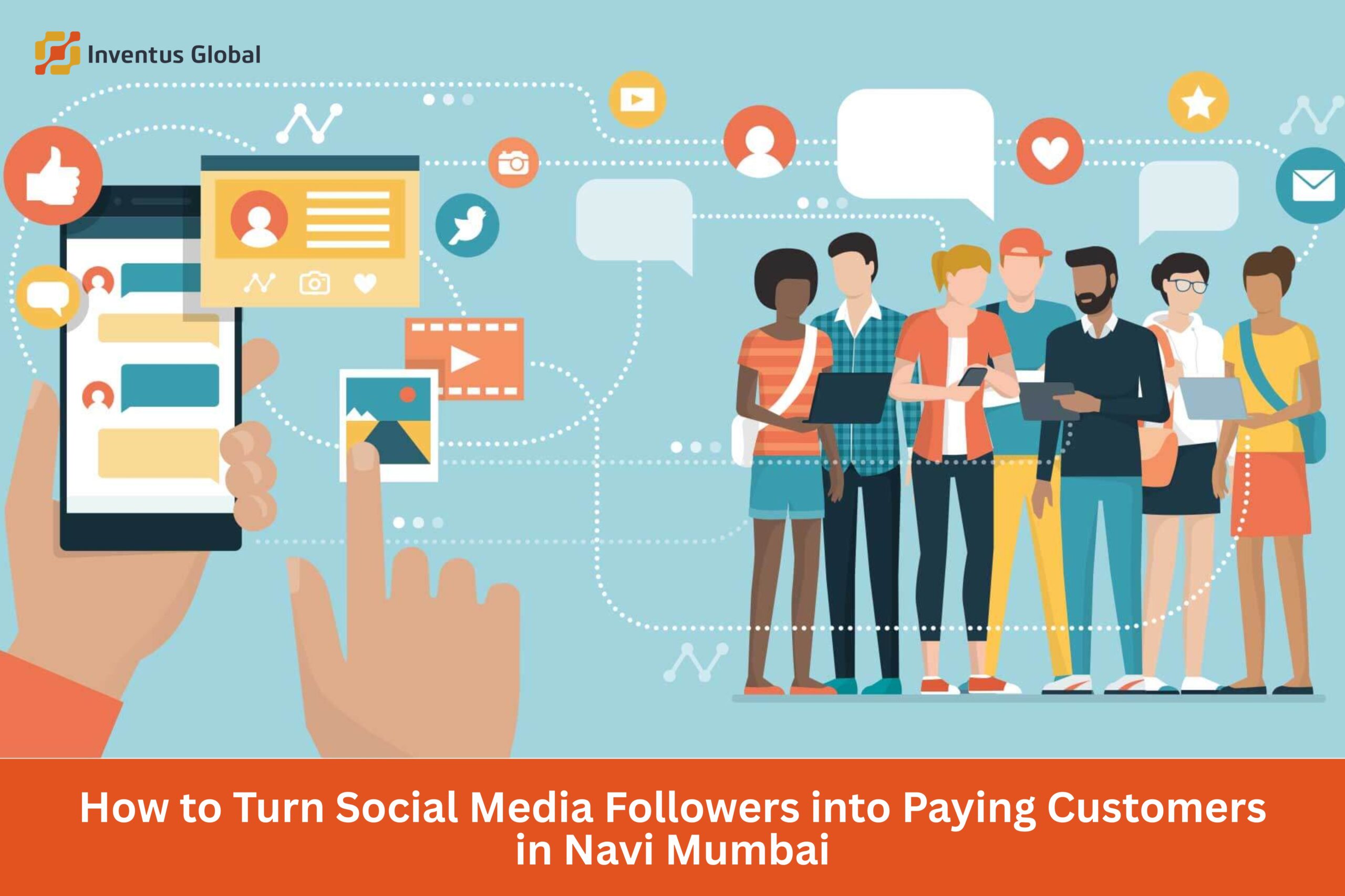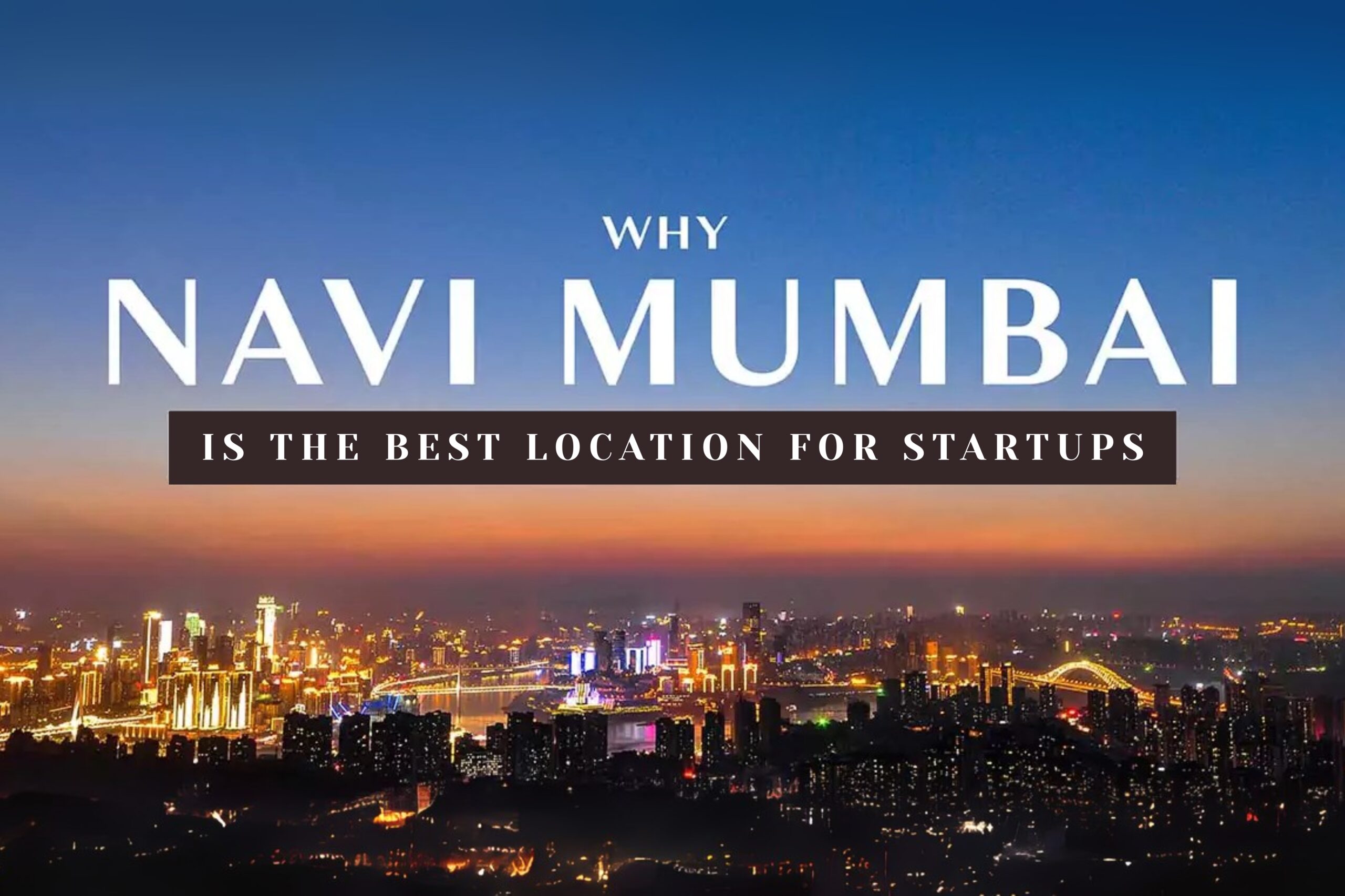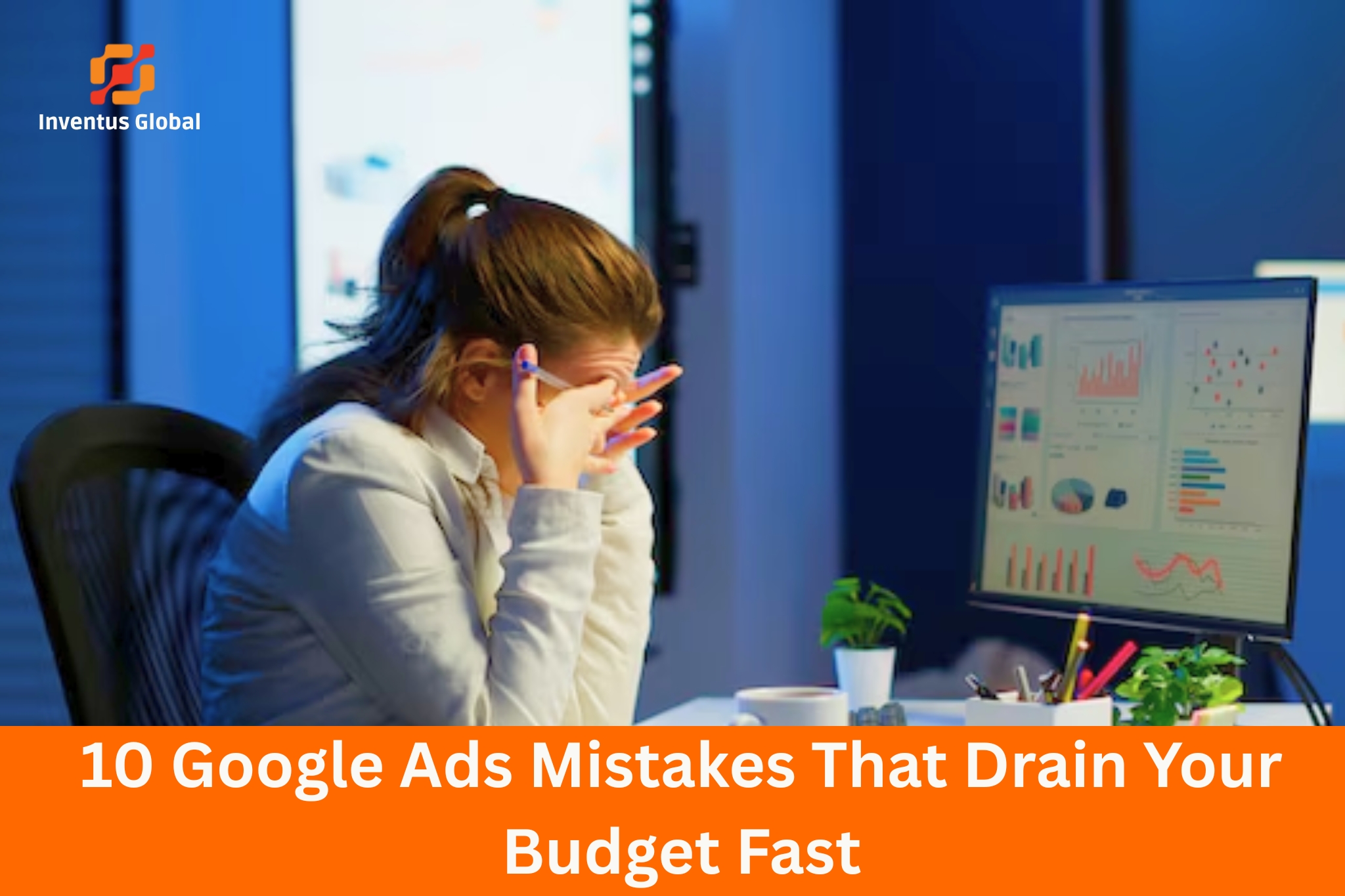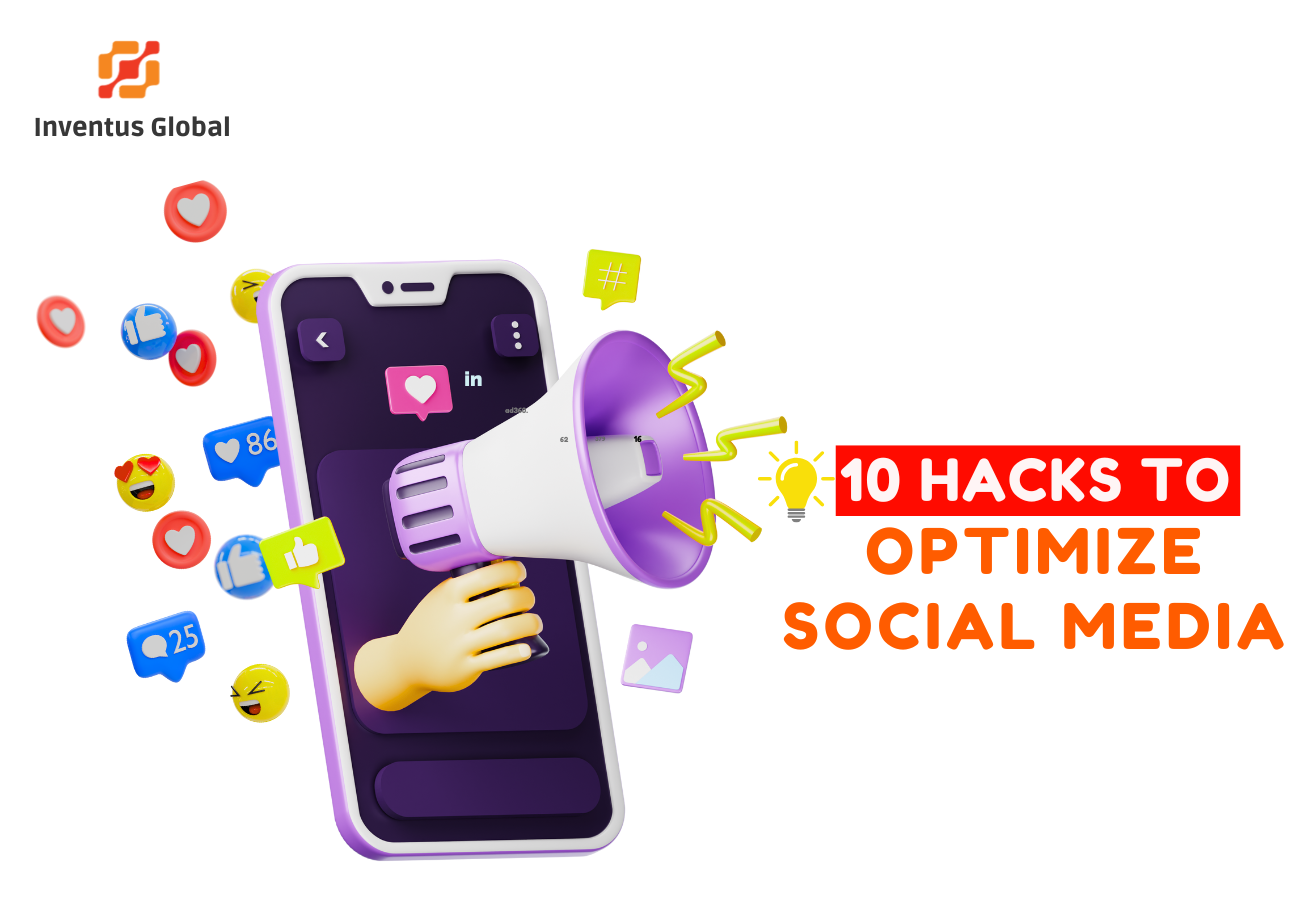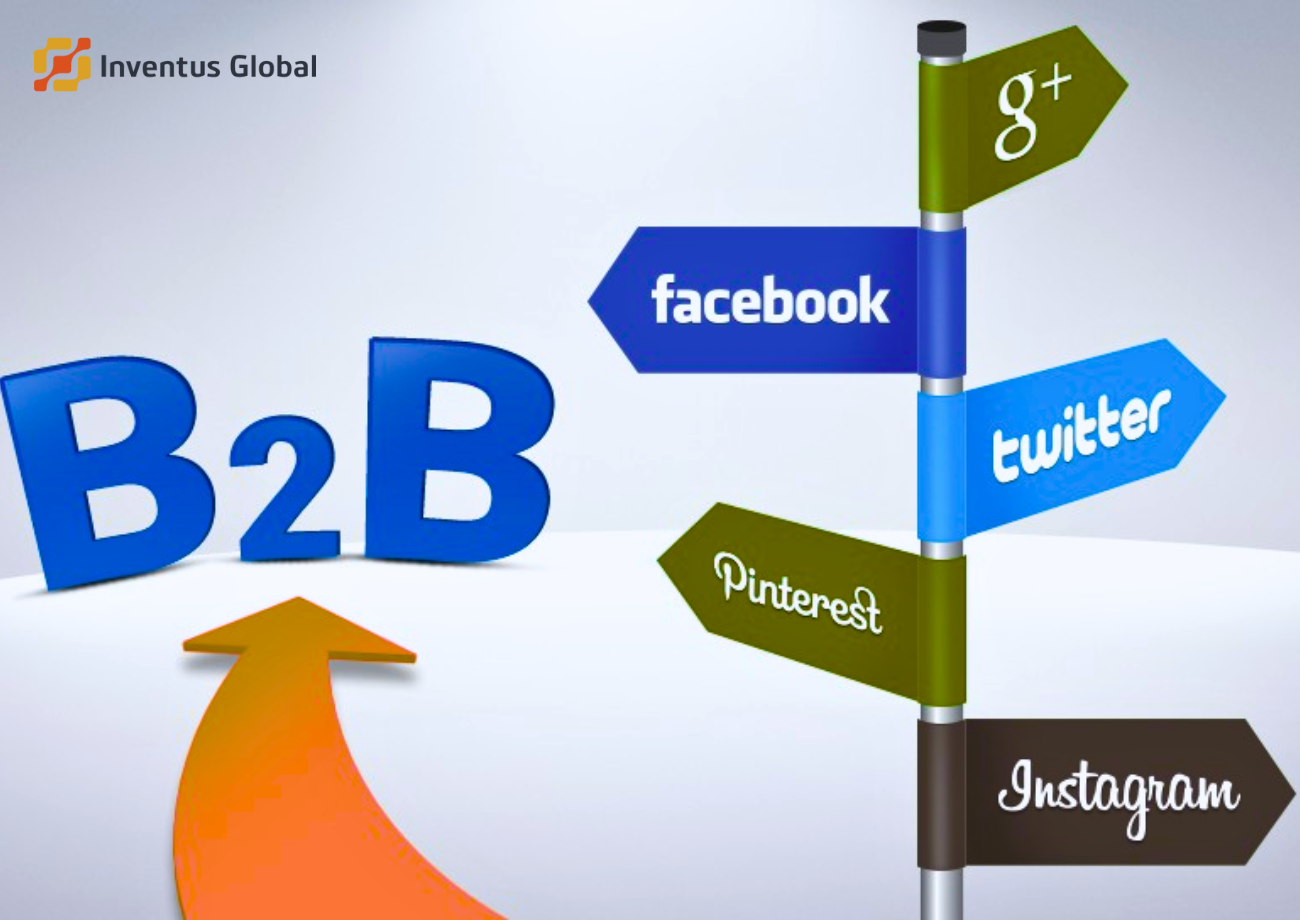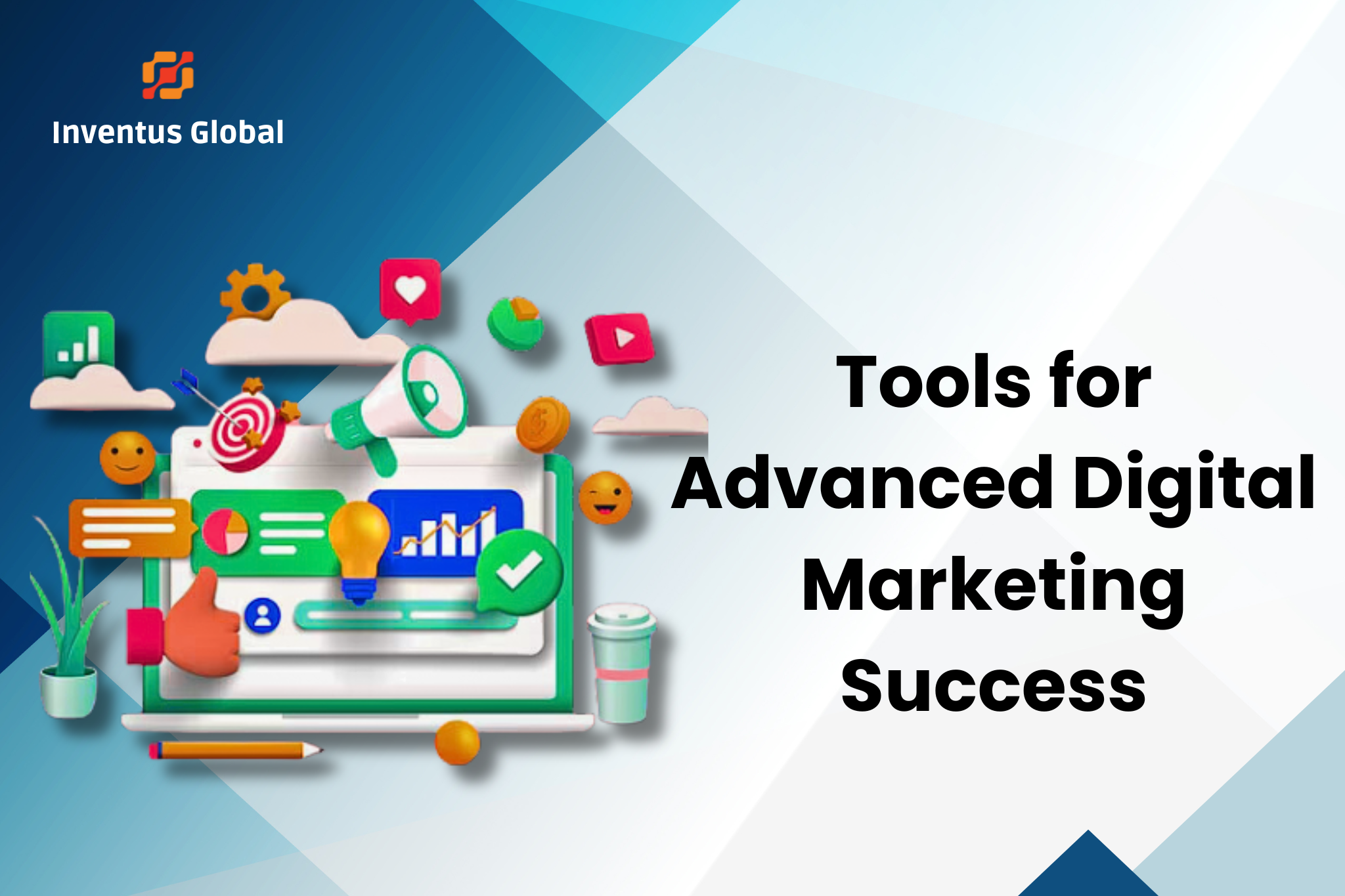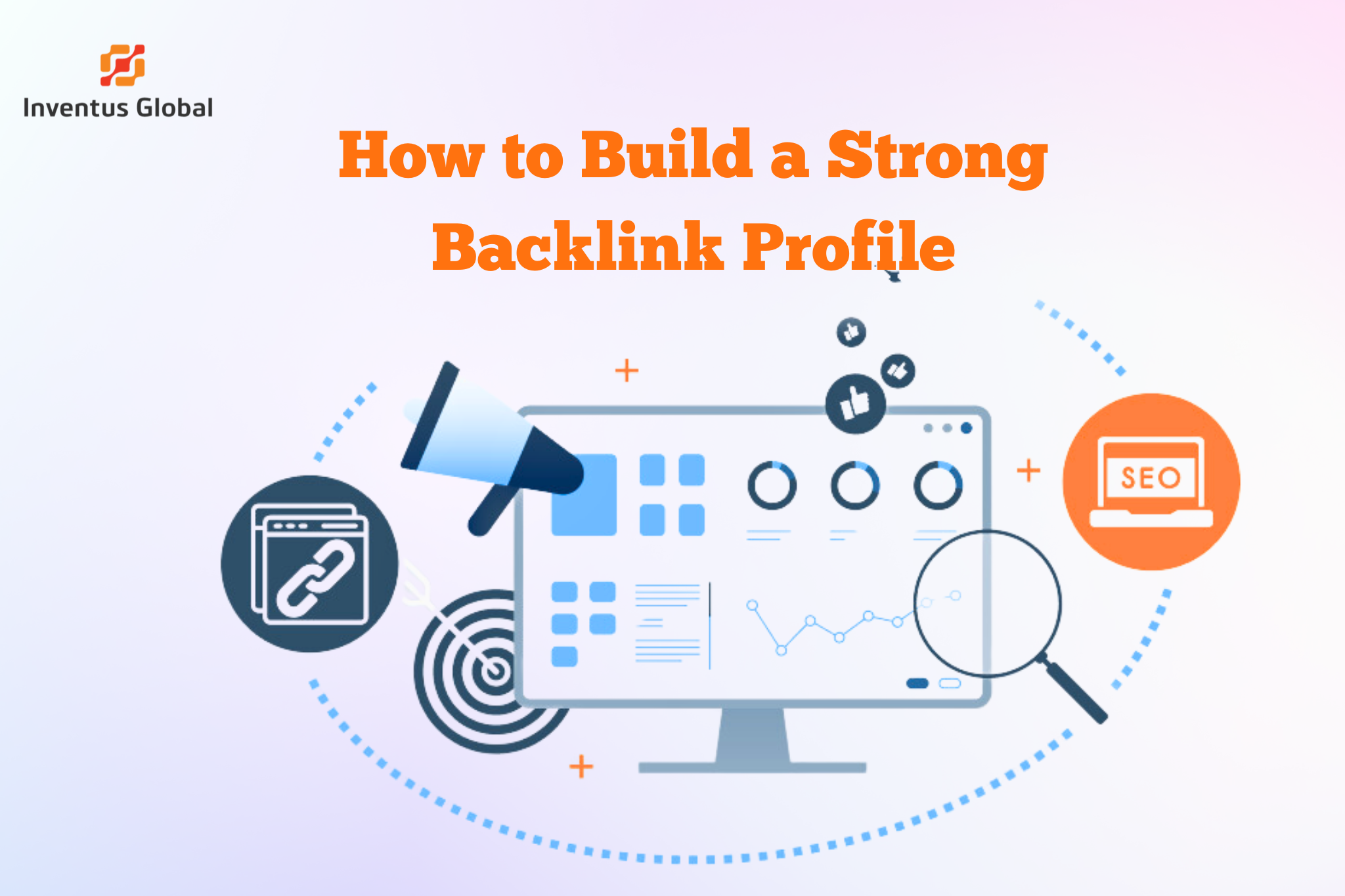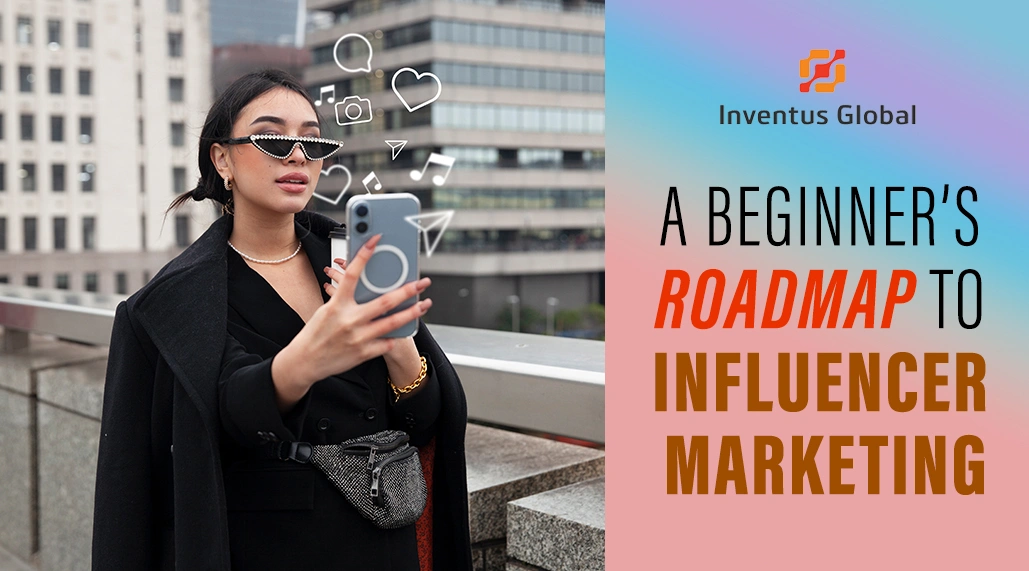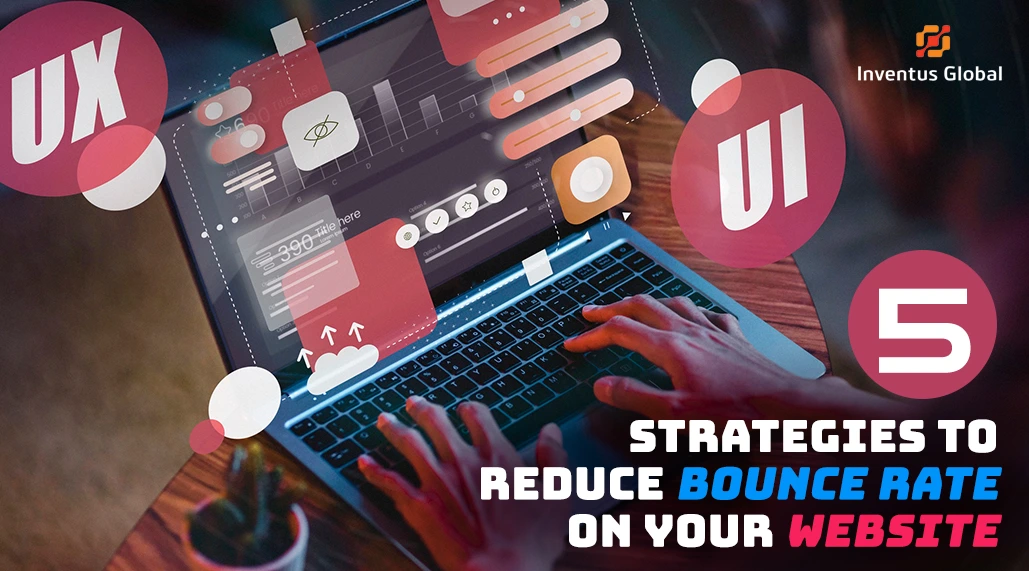Table of Contents
If you’re still selling through features and not feelings, you’re already behind. Storytelling is the most powerful sales strategy we’ve seen take over in 2025. It’s not a passing trend or a creative flair – it’s the bridge between your brand and your buyer’s belief system.
At Inventus Global, we’ve helped brands navigate product launches, pivots, and campaigns powered not just by algorithms but by emotional storytelling that connected on a deeper level. And if there’s one thing we’ve learned, it’s that stories don’t just sell – they stick.
In this blog, we’ll share why raw storytelling is shaping modern buying behavior, how leadership and storytelling go hand in hand, and why brands across industries are anchoring their sales strategy in business plans to a well-crafted narrative. This isn’t just theory – it’s a breakdown of how we’ve applied storytelling frameworks that work, from awareness ads to bottom-funnel conversions.

Stories Tap Into the One Thing Logic Can’t – Emotion
It’s easy to present numbers, data, and benefits. But it’s hard to ignore the effect a good story has on decision-making. Humans are hardwired to remember and respond to stories, not specs.
That’s why we’re seeing the rise of emotional storytelling in ad creatives, product pages, email flows, and even SaaS demos. You’re not just selling a CRM anymore – you’re helping someone reclaim time, manage chaos, or lead better. That emotion is the real product.
Brands that use visual storytelling – whether in Instagram carousels, explainer videos, or web design – are 2 to 3 times more likely to see engagement convert into revenue. Because visuals + emotion = memory. And memory is what closes sales.

The Rise of Raw Storytelling in 2025
People don’t trust perfection anymore. What they crave is authenticity. This is where raw storytelling enters the chat. It’s not about polished scripts or overly branded messaging. It’s the founder’s journey, the unfiltered behind-the-scenes, the message shared without a marketing filter.
Even in B2B, stories like how a founder solved their own problem before building a product make for more compelling sales content than a generic pitch. These are the stories people reshare, remember, and act on.
Raw storytelling humanizes your brand. And in a digital-first world, humans win.
Leadership and Storytelling Are No Longer Separate Conversations
The best leaders aren’t the ones with the most knowledge – they’re the ones who can tell a story that others believe in. Think about the last brand you admired. Did they give you a roadmap? Or a mission worth following?
At Inventus Global, we’ve seen how founders who embrace leadership and storytelling shift from being just executives to becoming evangelists. They stop pitching and start inviting. That shift reflects across every campaign – because it filters down to brand voice, team communication, and even investor decks.
Leadership today is narrative-driven. Your staff and your clients will repeat the story you tell them.
Storytelling in Content Marketing – Not Just Copy, but Strategy
Great content doesn’t just rank – it resonates. And nothing resonates like a well-placed story. Storytelling in content marketing is what elevates a blog post into a binge-worthy scroll. It’s the process of transforming a feature drop into a founder tale and a testimonial into a case study.
The trick isn’t more content. It’s better narrative layering. We use proven structures like:
The before-and-after bridge
Hero’s journey adapted to brands
Failure turned into insight arcs
These storytelling models give structure to your message, so it doesn’t just inform – it converts.

Digital Story Examples That Moved the Needle
We’ve run campaigns where a 60-second founder video outperformed high-budget ads. We’ve seen UGC clips outperform polished brand videos simply because they told a relatable story.
Here are some noteworthy examples of digital stories:
A skincare brand telling stories of first-time acne recovery
A B2B SaaS showing real customer growth through mini docu-style content.
A D2C label that built an audience through founder vlogs
Each piece wasn’t about pushing product – it was about pulling emotion. That’s the difference.
Sales and Storytelling – The New Power Couple
In the past, salespeople needed scripts. Today, they need stories.
Whether it’s a pitch deck, a cold email, or a webinar intro – sales and storytelling now live together. It’s the narrative that helps buyers visualize outcomes, solve objections, and justify costs.
Even objections sound different when wrapped in stories. Instead of defending price, tell the story of a customer who hesitated – and how success followed. Instead of listing features, share how one user unlocked unexpected benefits.
Every successful sales strategy in business plans we’ve seen lately isn’t just structured by funnel – but by story.

The Metrics Follow When You Focus on the Message
It’s not that storytelling replaces data. It complements it. In fact, our highest-performing storytelling campaigns have still been deeply rooted in A/B testing, behavior tracking, and strategic sequencing.
At Inventus Global, we structure storytelling like we do media buying – measured, targeted, and optimized.
We test:
Which origin story drives more shares
What visual storytelling element lifts conversions
How personal vs professional tone affects bounce rates
Because when story meets structure, magic happens.
The Power of Storytelling in Business Isn’t Optional Anymore
Storytelling used to be “branding fluff.” Today, it’s foundational. The power of storytelling in business is now reflected in product launches, PR strategy, internal culture building, and fundraising.
It’s how Airbnb sells “belonging” and not stays. How Nike sells “willpower” and not just shoes. It’s the process of transforming your product from a tool into a force.
As 2025 evolves, storytelling will be less about copywriting – and more about identity shaping.
Final Word
Storytelling is the most powerful sales strategy in 2025 because it doesn’t chase customers. It connects with them. Whether you’re a startup scaling fast or an enterprise rebranding, your story isn’t a ‘nice-to-have.’ It’s your sharpest sales tool.
So the question isn’t whether you need storytelling. It’s whether you’re telling the right one.
FAQs
What is raw storytelling and why is it effective
Raw storytelling involves unfiltered, authentic narratives that resonate emotionally. It removes marketing polish and replaces it with realness.
How can I use storytelling in content marketing
Use storytelling in blogs, videos, and social media by structuring your message with a relatable beginning, emotional tension, and an inspiring resolution.
Why is leadership and storytelling a strong combination
Because stories inspire action, leaders who use stories lead teams and build audiences more effectively than those who rely solely on data.
What are examples of storytelling in sales?
Case studies, founder stories, and customer transformations are examples that blend sales and storytelling successfully.
How can I add storytelling to my sales strategy in business plans?
Start by defining your brand narrative. Then integrate that story across your pitch, sales decks, and funnel content – so every interaction is part of the same journey.

